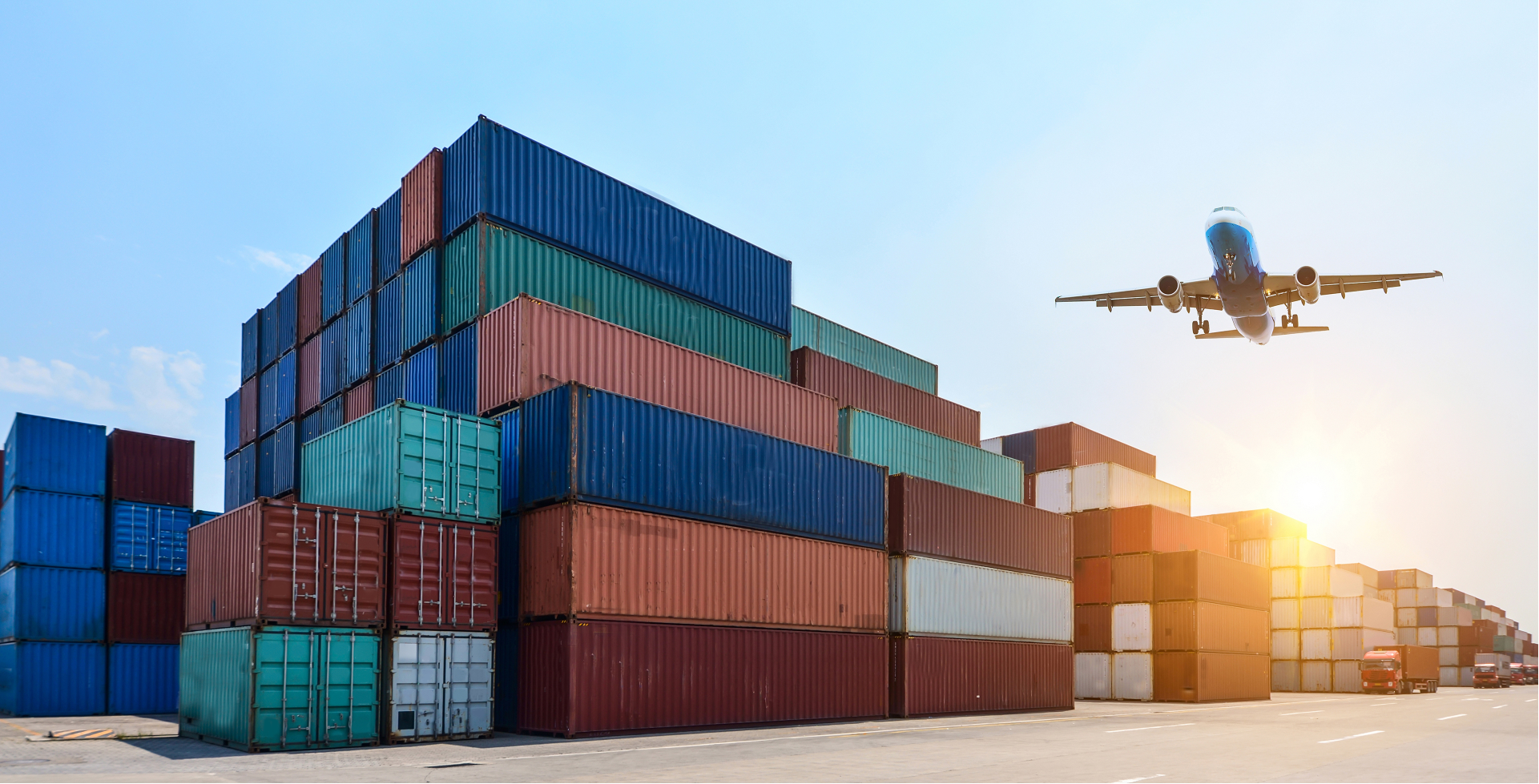Hasan Cengiz BAYRAK
10.05.2022Evaluation of Supply Chain Management within The Framework of The Russia-Ukraine Crisis
What Is Supply Chain?

“ When we look at the origin of the supply chain, we see that it is based on the barter system and has come to the present day by developing and transforming with the effect of technology on production and communication areas.“
What Is Supply Chain?
When we look at the origin of the supply chain, we see that it is based on the barter system and has come to the present day by developing and transforming with the effect of technology on production and communication areas. A supply chain can be defined as a network of different activities, people, and information that exists between a company and its suppliers to produce and distribute a particular product to reach the final buyer. Organizations in the supply chain include manufacturers, vendors, warehouses, shipping companies, distribution centers, and retailers. Each of these organizations has a separate place and importance, and almost every department such as product development, marketing, operations managers, sales representatives, and finance is responsible for this area. Today, the purpose of companies using the supply chain is to increase their profits by reducing their costs and to maintain their competitiveness.

The supply chain improves delivery performance by strengthening communication between companies. In addition, the right production quantities and the right planned shipment times reduce the total cost, while shortening the supply time and making the companies profitable. Thus, it makes profitability sustainable for the company that carries out both production and shipping activities. These financial returns bring mutual trust and increase quality. Also, the supply chain enables the use of information technologies in the developing and transforming digital world today, encourages innovation, and contributes to the management of the information, material, and money flows of the enterprise. In order to gain all these benefits, the management of the supply chain process must be carried out effectively.
What Are The Factors Affecting Supply Chain Management?
As a result of globalization, in almost every market, fluctuations occur a highly competitive environment, increasing customer expectations, rising satisfaction thresholds of individuals, and political and economic changes and developments. Raw materials and material prices are affected by the pressure of increasing profitability, and this causes supply chain management to attract more attention from businesses. Because the active implementation of supply chain management by businesses will contribute to the increase of customer satisfaction and the realization of operating efficiency and profitability at a very high rate. The supply chain should be designed in the best possible way in order to work at low cost, to provide quality services and products, and to keep up with the pace of the market, as well as its other important benefits. Global events that affect the development of the supply chain, international or national political, and economic effects may cause the supply chain to be negatively affected if preventive measures are not taken by the managers. For example, if the challenging market conditions created by the competitive environment are met by considering the balance of customer satisfaction and profitability, progress can be made in the supply chain. Failure to adapt to the conditions of this market environment may cause the supply chain to be broken.

The Russia-Ukraine Crisis and Its Impact On The Supply Chain
The bilateral conflict between Russia and Ukraine, which started in February 2022, has turned into an international crisis and has begun to test the durability and agility of supply chains for some products. As mentioned before, the development of the supply chain has spread from the domestic market to the foreign market and then to the global arena. This field, which is advancing on a global scale today, shows that with the strengthening of communication and the new order brought by digitalization, disruptions in supply will no longer be the result of one-time events, but larger events can be both a cause and a result. The conflict in Ukraine also made it more clear that most businesses need to make their supply chains more flexible.
Disruption of the supply chain also brings supply gaps. With the effect of the crisis, the supply chain of natural gas and crude oil coming from Russia to Europe and agricultural products going to Europe via Russia and Ukraine was broken. According to the Food and Agriculture Organization of the United Nations, Russia and Ukraine account for more than 25% of the world’s wheat trade, more than 60% of global sunflower oil, and 30% of global barley exports. In addition to all this, it means that any supply shortage or limited access from Russia, the global exporter of fertilizers that increase crop productivity, could affect crop yields globally. In other words, the fate of both the products purchased and the products to be produced has changed with the Russia-Ukraine crisis. In addition, Russia is an important source of minerals such as titanium and nickel that affect economic and national security interests. Therefore, the import of these minerals and 33 other minerals, of which Russia has a very valuable share, is of great importance. On the other hand, many countries whose import and export businesses were hurt by the sanctions against Russia kept making them worse.

According to Jennifer Bisceglie, founder and CEO of supply chain risk management firm Interos, "Russia's invasion of Ukraine is an invasion of the global supply chain.". Increasing pressures on supply chains affect companies and industries in different ways. Food supply chains have had problems in recent months, for example, as Russia and Ukraine failed to deliver wheat, sunflower oil, fertilizers, and other commodities. According to Euronews news, 1.25 million tons of grain planned to be exported from Ukraine are about to deteriorate in warehouses. In this situation, while other countries, companies, and their suppliers were having problems, the manufacturers, who were the first link in the supply chain, lost their power. Even though each part of the supply chain is important in its own way, the days ahead look pretty bad for the supply chain if nothing is done and there isn't enough flexibility in the supply.
As we learned from this crisis, global supply chain managers should create their designs and work in a flexible and agile structure and constantly monitor the effects of developing global crises and opportunities on their supply chains.
Refenrences
- Segal, Edward. “Supply Chain Crisis Worsens as Russia's War against Ukraine Continues.” Forbes. Forbes Magazine, April 2, 2022. https://www.forbes.com/sites/edwardsegal/2022/04/02/supply-chain-crisis-worsens-as-russias-war-against-ukraine-continues/?sh=50aacafb6e49.
- Kilpatrick, Jim. “Supply Chain Implications of the Russia-Ukraine Conflict.” Deloitte Insights. Deloitte, April 11, 2022. https://www2.deloitte.com/us/en/insights/focus/supply-chain/supply-chain-war-russia-ukraine.html.
- “Ukrayna: Gemi Ambarlarındaki 1,25 Milyon Ton Tahıl Bozulabilir.” Euronews, April 15, 2022. https://tr.euronews.com/2022/04/15/ukrayna-karadeniz-de-gemi-ambarlar-nda-bekleyen-1-25-milyon-ton-tah-l-bozulabilir.